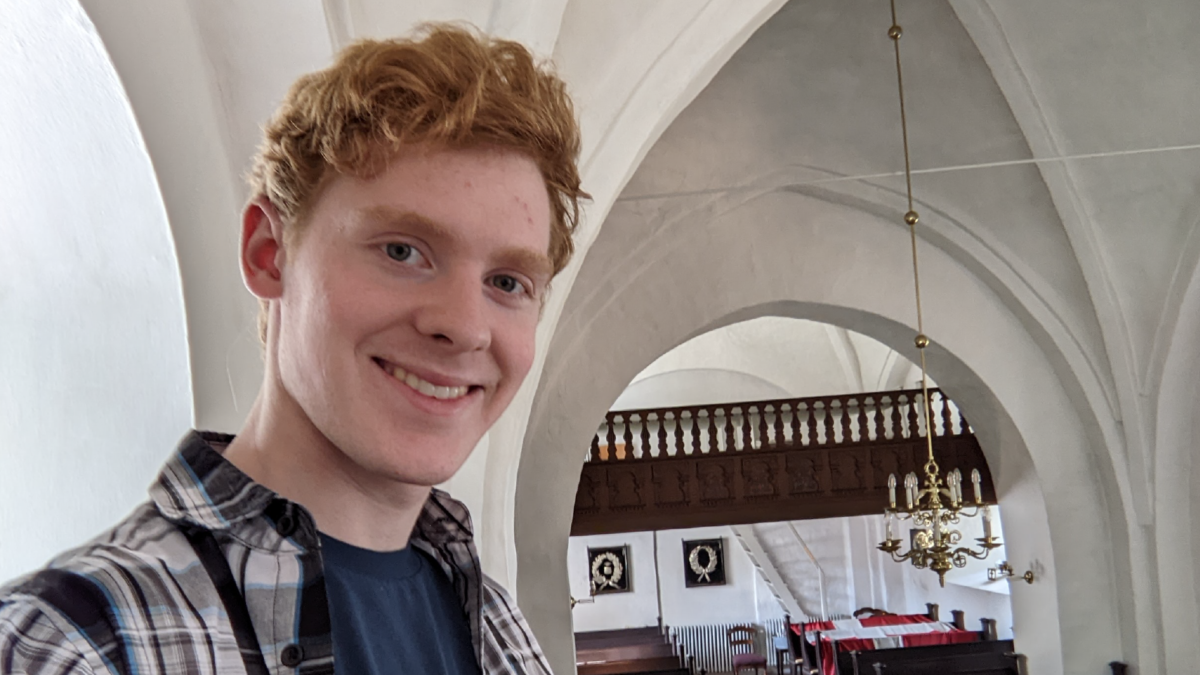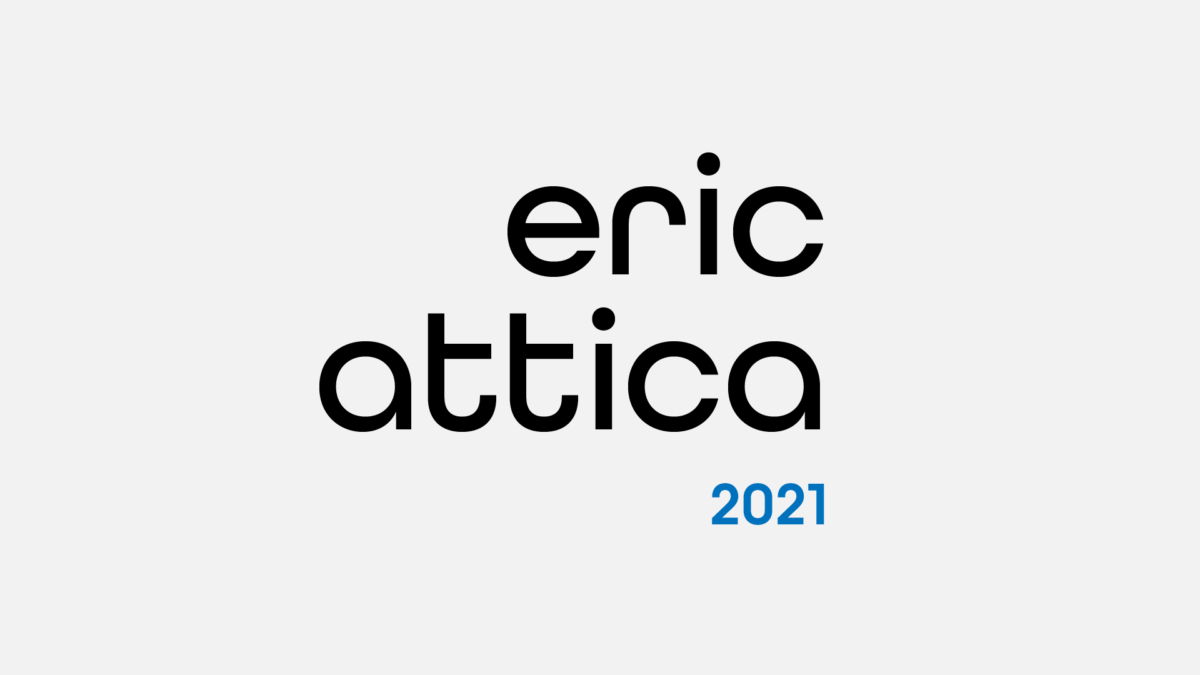Last week I shared some of the things that have stood out to me about Denmark, from the perspective of an American who’d never left the US and Canada. That was good fun, and I promised 99 things, so here’s the rest of the list!

- The Danish currency is the krone (crown), which is has a fixed exchange rate to the euro. Danish cash is colorful, and the bills are different lengths depending on denomination; some of the coins also have a hole in the center. Unfortunately, nobody uses them; the preferred payment methods are Dankort (card) and MobilePay.
- Danes bag their own groceries. It costs a couple crowns to buy plastic bags in the checkout line (these are thick plastic, not the thin, crinkly American ones), so it’s best to bring your own bags and reuse them.
- There don’t seem to be any public drinking fountains, except for a couple in Copenhagen, which have been out of commission due to COVID-19. Some of my Danish friends often drink from the sink, though I can’t speak for the rest of the population.
- The US didn’t have a King Christian IV to build a ton of fancy stuff and plunge the nation deeply into debt. (We’re still deeply in debt, but without the fancy stuff.)
- On the other hand, the Danish national debt is currently at the lowest point it’s been in 13 years proportional to GDP, which can’t be said for the US.
- The Danish public transportation system is extensive. There are no school buses; students just take the regular buses.
- There are no chocolate chips in Denmark. Buy a chocolate bar and make them yourself.
- Danish children have 10 required years of primary school (grundskole), which are numbered from 0th to 9th class plus an optional tenth class. Students can attend a government folkeskole or a private friskole. After that, many students attend three years of gymnasium, which bridges the gap between grundskole and university. Gymnasium takes care of university general electives, so once you’re in a university program, you’re focusing on your field of specialty, and you can’t switch programs except at the end of the year. Also, many students take a sabbatical year (sabbatår) before university.
- Modern design in furniture and home décor is big in Denmark, despite the old building exteriors.
- There are no window screens; typical windows swing outward rather than sliding sideways, and older windows have a fixed design with two clasps on each window and a couple of plastic bars that can be used to prop the window open at various degrees of openness.

- There are no roadside billboards. (However, in cities, there are signs attached to the ground with advertisements viewable by both pedestrians and vehicles.)
- Danes really like modern art and sculpture in public places, everywhere.
- Pretty much everyone wears black in the winter. Black is also a very common outfit color in general.
- Danes hold hands and dance and sing around the Christmas tree at Christmas. It’s celebrated on the evening of the 24th, and both First Christmas Day on the 25th and Second Christmas Day on the 26th are holidays. Likewise, there are two days of Easter and two days of Pentecost (both Sunday and Monday are holidays). Easter is huge in Denmark.
- Christmas dinner (julefrokost) lasts for hours. As a rule, it involves meat—such as a duck or flæskesteg (pork cooked with the rind still on)—potatoes and gravy, pickled red cabbage, and sometimes small caramelized potatoes (brunkartofler). There may be pickled herring as an appetizer and a “go away soup” at the end of the meal.
- Other holidays include Fastelavn, Kristi Himmelfart (Christ’s Ascension), Great Prayer Day, Constitution Day, and Liberation Day. Fastelavn is the best, as it involves dressing up, smacking a barrel until candy falls out (live cats no longer included), and hitting people with sticks to knock the sins out of them. Delicious pastry rolls called fastelavnsboller are only available at Fastelavn season.
- Danes go all-out on New Year’s. They spend the whole afternoon and evening eating, and in the larger cities, it sounds like one long firework from about 11:30 to 1:00. The amount of stuff that gets blown up is insane; it puts the Fourth of July to shame. New Year’s Day feels like a ghost town—everyone is hung over inside, and the streets are littered with firework carcasses that get gradually cleaned up over the course of the next few days.
- A good work-life balance is valued by many Danes. The basic work week for a salaried worker is 37 hours. Shops tend to close much earlier in Denmark than in the US, especially during the weekends. Some Danes are able to take the whole holiday season off work, from Christmas Eve through New Year’s.
- Sinks do not have disposals.
- In many houses, the freezer is located in a smaller box within the fridge, rather than as a separate unit.

- You can usually find the household garbage bag attached to the back of the cabinet door beneath the sink. It’s small—around the size of a plastic Walmart bag or smaller. Danish society emphasizes caring for the planet and not being wasteful. Often, you’ll sort your trash into many different units for recycling—in one apartment I lived in, there were six different recycling bins.
- Sales tax (moms) is included in prices. It’s pretty hefty, at 25% the unmodified price.
- “Shoes off inside the house” is a fast rule.
- Denmark has a monarchy. Queen Margrethe II, at 82 years old, is the Danish answer to Queen Elizabeth. She isn’t heavily involved politically, but she’s friendly, well-spoken, and addresses the nation every New Year’s Eve on the television to give a speech about what the year has been like and offer advice and encouragement, which nobody misses. According to a 2012 poll, 82% of Danes support the monarchy.
- Though I’d love to have a leader like Margrethe, some of the traditional trappings of the monarchy seem a little odd to the outsider, like the silent guards wearing tall, fluffy hats that stand in pencil-shaped guard booths.
- While we’re on the topic of politics, Denmark has a parliamentary system similar to Britain’s, where many different political parties (not just two!) are represented, and parties need to form a coalition representing over 50% of voters after the election; the chosen leader of the coalition becomes the prime minister. The “left/right” dichotomy there is social democratic parties against classical liberal (i.e., supporting a weaker government and more individual freedom) parties. Danes seem very willing to be public about controversial issues in the media; on the other hand, some issues like religion are generally avoided in personal conversation.
- If you find yourself in Denmark, ignore people on the street, but acknowledge people when you enter or leave a store. I found that Danes use less eye contact than Americans, especially with strangers. It seems small, but it took some adjusting to.
- If someone asks you if you want something, say “yes please”; don’t hedge. You probably won’t get offered it again. Best to be direct.
- There are mile marker posts every tenth of a kilometer on the motorways.
- Like Americans, Danes love their flag. According to legend, it fell from heaven during a battle. The flag can appear in the standard rectangular shape or as a long, thin, triangular banner.

- Practical stuff: Phone numbers are four sets of two digits (e.g., 12 34 56 78), without dashes. The country code is +45.
- In case of emergency, call 112, not 911.
- Dates use the European convention of putting the day before the month. For time, the 24-hour clock is used.
- Floors are also numbered differently—the first floor is not the ground floor, but the floor above it. The ground floor is known as the “stue”.
- Most students get confirmed in the church in seventh grade (13 to 15 years old). This typically involves a huge coming-of-age party and lots of gifts.
- At graduation itself, students wear a military-looking student hat (studenterhue) that classmates write on the underside of, like a yearbook. The Wikipedia page about them lists some interesting traditions: “It is bad luck to try on a student’s cap before completion of the last exam. This can be counteracted by jumping over the cap backwards 3 times.” (Which still isn’t quite as weird as dumping cinnamon all over your friends if they turn 25 and aren’t married.) Also, if you live in the city and hear loud partying around graduation time, it’s likely you’re hearing the trucks that drive around to all of the graduates’ houses while the graduates dance around on top and get progressively drunker.
- As a small European country, there are quite a few different languages represented in Denmark. Advertisements are commonly in Danish or English, and public transportation especially may have three or more or languages, with German being the next most common. Students learn English from a young age and are also required to take some coursework in German. When English is used, it’s typically British spelling.
- There isn’t a division between the shower floor and the bathroom floor; the shower curtain or door just hangs above the normal floor.
- Public toilets seem to be rarer, though they’re almost always free. Libraries are your best friend when you need to go. Also, gender-neutral bathrooms are not uncommon.
- University students receive a government stipend for their education called SU. Unless you’re living in an expensive area, this usually covers the cost of living, so many students don’t work while they’re at school.

- Danes are pretty fashion-conscious on the whole. I’ve heard it said that European fashion is a decade ahead of American fashion.
- Ethnic demographics are of course different. Between 80% and 90% of people living in Denmark are “White” ethnic Danes. There are also sizable immigrant populations, especially of people from the Middle East, and especially in the larger cities like Copenhagen and its suburbs.
- Graveyards are connected to churches and are small but beautifully kept by church caretakers. A gravesite only lasts for a 10- or 20-year period unless the family pays to extend it.
- Getting treated at a state hospital doesn’t cost you anything if you’re a Danish citizen or have a state health insurance card. You might have to wait a while though. There are also private hospitals for those who can afford it.
- It’s not uncommon to wash dishes by hand, and to use a drying rack for clothes.
- Danish has this lovely word called tandsmør, which literally translates to “tooth butter” and means putting so much butter on your roll that it leaves teeth marks when you bite into it. Danes love their butter.
- When you visit someone’s house, expect to stay for a long time. There’s a word called hygge that’s escaped from Danish into pop culture, which basically means “chilling”, and it sums up the experience of being a guest in Denmark.
- The cables attached to light fixtures are often attached externally and are visible, rather than being run through the ceiling. Sometimes there are parts of a room that aren’t well-lit by a light fixture. Ceiling fans are also uncommon.
- Grocery stores and candy stores sell “mix-yourself candy” that you pick out of buckets (gloves are required) and pay by weight. This is a weekend tradition for kids. Do watch out for black licorice (both sweet and salty), which is a common candy flavor.
And that’s it for my observations on Danish life. Did anything pique your interest? Is there anything Americans could learn from the Danish culture? Let me know in the comments below! ∎










